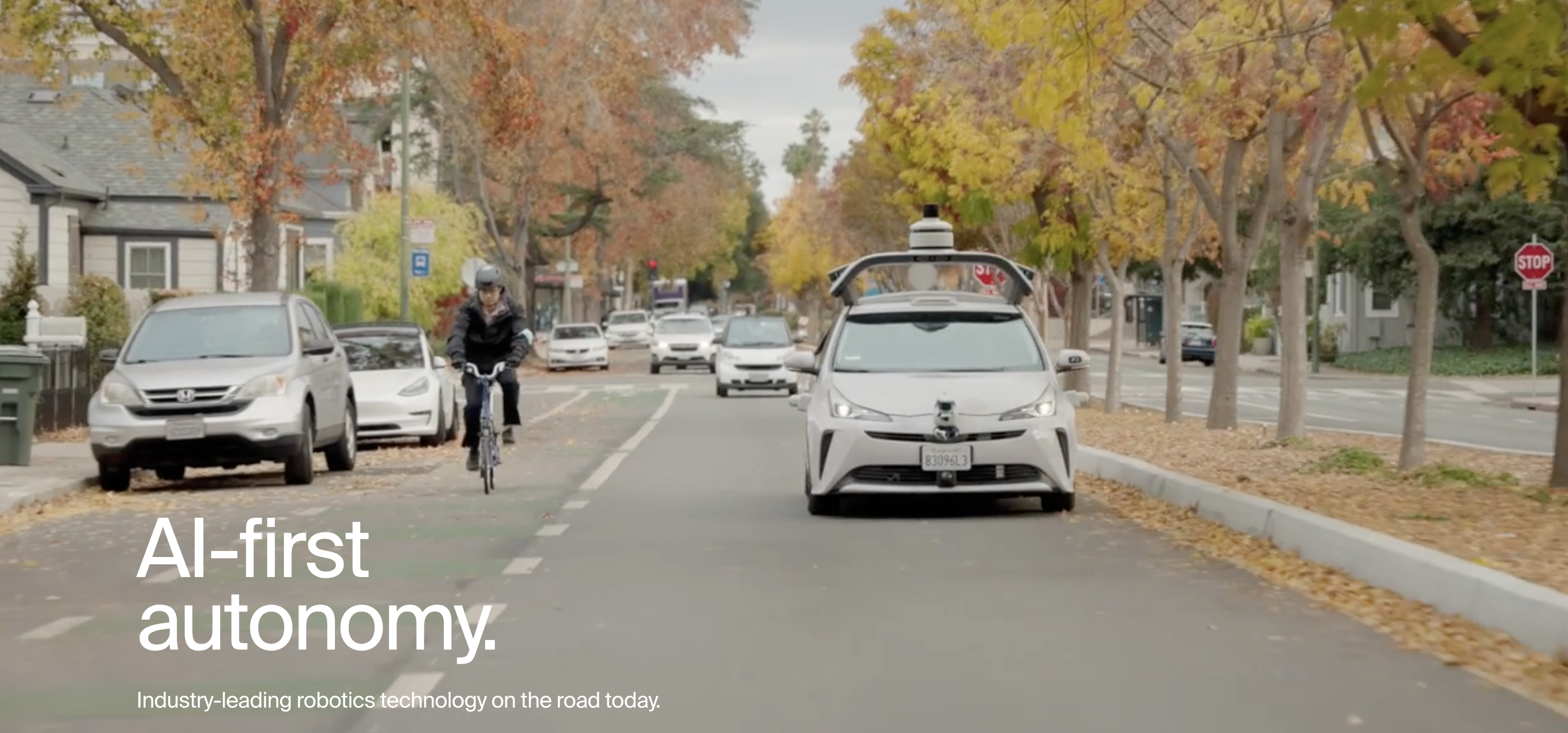
The much anticipated stainless steel Cybertruck from Tesla was spotted in the wild earlier this week, sending the Intertubes into their usual frenzy over all things related to the US electric vehicle maker. Overlooked in all the excitement is another example of EV-related automotive innovation, the E-Motive fully autonomous Level 5 ride-sharing EV, a concept project of the World Steel Association.
The Electric Vehicle Showdown: Steel vs. Aluminum
The motive behind the E-Motive is pretty clear. Steel stakeholders have been locked in hand-to-hand combat with aluminum and other lightweight automotive materials, the prize being an edge on the exploding market for electric vehicles.
As the electric vehicle revolution first got underway in the early 2000s, aluminum seemed to have an edge. Tesla and Ford hopped on the Al bandwagon, among others.
Lightening up on parts was seen as a priority back then. Battery range was relatively limited in the early 2000s and a lighter car could travel more miles on a single charge. There being no such thing as a free lunch, though, aluminum and other relatively expensive lightweight materials can pile onto the overall cost of an electric vehicle.
The weight issue began to fade by 2018, when improvements in battery range helped to revive interest in steel. In a report that year, Reuters reporter Eric Onstadt noted that aluminum had been “seen as the key to offsetting the weight of batteries in order to extend the range of electric vehicles, crucial to increased consumer acceptance.”
“But as makers of battery-powered cars look to tap into bigger markets with cheaper vehicles — and embrace technological developments in batteries and components — many are increasingly looking to steel to cut costs,” Onstadt added.
The E-Motive Level 5 Autonomous Electric Vehicle Project
Even with the cost advantage, the steel industry has its hands full. The fight for a share of the automotive materials market is being waged on a number of different fronts, and aluminum is just part of the picture. In a 2020 report, the Center for Automotive Research listed new low-cost carbon fibers, nano-engineered composites, and new manufacturing processes among the drivers of the market for alternative materials.
The Steel E-Motive is a demonstration project, aimed at showcasing the advantages of steel in electric vehicle design. The project, which crossed the CleanTechnica radar back in 2021, is a collaboration between the World Steel Association and the global engineering firm Ricardo, under the WorldAutoSteel umbrella.
The E-Motive project is focused specifically on Mobility-as-a-Service (MaaS) ridesharing vehicles for urban and exurban use, rather than on pickup trucks, SUVs, or other hot items in the electric vehicle market.
That’s a choice made with long term global transportation policymakers in mind. In addition to meeting the rising demand for ridesharing, shared vehicles conserve resources and help prevent cities and other high-traffic communities from becoming overwhelmed by an ever increasing stream of individually owned and occupied vehicles. The potential for avoiding new road, bridge, and tunnel construction is an added bonus.
As for making money, last month MarketsandResearch issued a new report that outlines growth in the global MaaS market. As summarized by the firm, the MaaS market was valued at $3.3 billion in 2021 and $4.36 billion in 2022, and is expected to reach $53.81 billion by 2030, driven partly by urbanization trends.
“A ticking clock is driving the strategy because the window for effective action on climate change is closing, and governments are (finally) beginning to take action. So, the E-Motive is designed around do-able technologies that will be available on a mass scale by 2030,” CleanTechnica observed in 2021. “For WorldAutoSteel that means steel and more steel.”
“The steel will enable the engineering team to meet mobility-as-a-service operational, safety and environment requirements: for example, its strength and formability supports a unique low-height coverless and integrated battery case, and flat-floor interior — which also aids better accessibility,” WorldAutoSteel explained in a press release.
Advanced High-Strength Steel For Electric Vehicle Battery Packaging
If you caught that thing about the integrated battery case, that’s a key part of the E-Motive picture. In contrast to the battery itself, the casing gets next to no attention in the general media. Nevertheless, it’s important. “Whether you call them packs, boxes, or trays, the structures that envelop and protect EV battery cells and their supporting electrical and thermal-management hardware are among the industry’s top subsystem priorities,” observed SAE International in a recent technology review.
Among other highlights, the E-Motive project showcases the use of Advanced High-Strength Steel (AHSS) in electric vehicle battery cases, also called packaging.
Owain Davies of Ricardo, who is the Steel E-Motive Vehicle Architecture Leader, explained the AHSS angle in a blog post last year.
“AHSS solutions for high voltage battery packaging minimise deformation in the battery enclosure volume, protecting the modules and power electronics from damage and reducing the risk of thermal runaway by offering greater thermal containment,” Davies wrote. “Additionally, AHSS use is allowing us a greater level of flexibility when making battery design decisions around the unique vehicle architecture for autonomous MaaS [Mobility-as-a-Service] applications.”
The E-Motive website goes into additional detail, noting that conventional battery packages are typically designed to be inverted and suspended in the vehicle in a carrier frame. In contrast, the E-motive battery package is designed to attach to structural cross-members, with the floor of the car forming the top cover. A triple skin of AHSS seals the bottom and protects against debris. “These efficiencies result in 37% mass savings (-27% less cost) and can be assembled offline for efficient vehicle integration,” WorldAutoSteel notes.
“This design is also much more stiff and rigid, achieving target values for Noise, Vibration and Harshness,” they add.
Safety First & Net Zero Emissions, Too
On August 1, WorldAutoSteel provided an update on the E-Motive electric vehicle project with additional notes and performance measurements. The organization introduced two virtual E-Motive concepts aiming for usage by 2030, the four-seater SEM1 and the six-seater SEM2, both equipped for Level 5 autonomous driving with no steering wheel or pedal backup.
Complete details are available on the Steel E-Motive website. For those of you on the go, WorldAutoSteel emphasizes that a net zero emissions goal is part of the plan. As of now, they are claiming a total lifecycle reduction in carbon dioxide emissions of about 86%.
WorldAutoSteel also notes that the E-Motive is the first autonomous vehicle in the world engineered to meet crash safety standards set by the Insurance Institute for Highway Safety, partly enabled by AHSS.
Aside from savings on the battery package, additional cost savers include using the E-Motive as a cargo delivery van when it’s not busy ferrying human passengers. Economies of scale could also kick in, as the project anticipates manufacturing at high volume.
Among the innovations relating directly to the use of steel, the E-Motive dispenses with the B Pillar, the vertical support normally found just behind the front row seats, in favor of a “virtual B Pillar” embedded in the door. That allows for a larger central opening with ample room for access, including access for persons with disabilities or cargo.
If the E-Motive itself doesn’t get to market, that’s also part of the plan. Other electric vehicle makers are welcome to pick up the pieces.
“Startups and vehicle manufacturers can benefit from fully engineered concepts that can significantly reduce both cost and time to market,” explained George Coates, who holds the post of Technical Director at WorldAutoSteel.
As for Cybertruck, the zero emission pickup truck ship may have already sailed along with the Ford Lightning. There’s also the issue of featuring stainless steel as a selling point for an electric vehicle, or any other car, for that matter. If you have any thoughts about that, drop us a note in the comment thread.
Follow me @tinamcasey on Bluesky, Threads, Post LinkedIn, and Spoutible, or @Casey on Mastodon.
Image (tinted and sharpened for visibility): New design for EV battery case, courtesy of WorldAutoSteel.
I don’t like paywalls. You don’t like paywalls. Who likes paywalls? Here at CleanTechnica, we implemented a limited paywall for a while, but it always felt wrong — and it was always tough to decide what we should put behind there. In theory, your most exclusive and best content goes behind a paywall. But then fewer people read it! We just don’t like paywalls, and so we’ve decided to ditch ours. Unfortunately, the media business is still a tough, cut-throat business with tiny margins. It’s a never-ending Olympic challenge to stay above water or even perhaps — gasp — grow. So …



